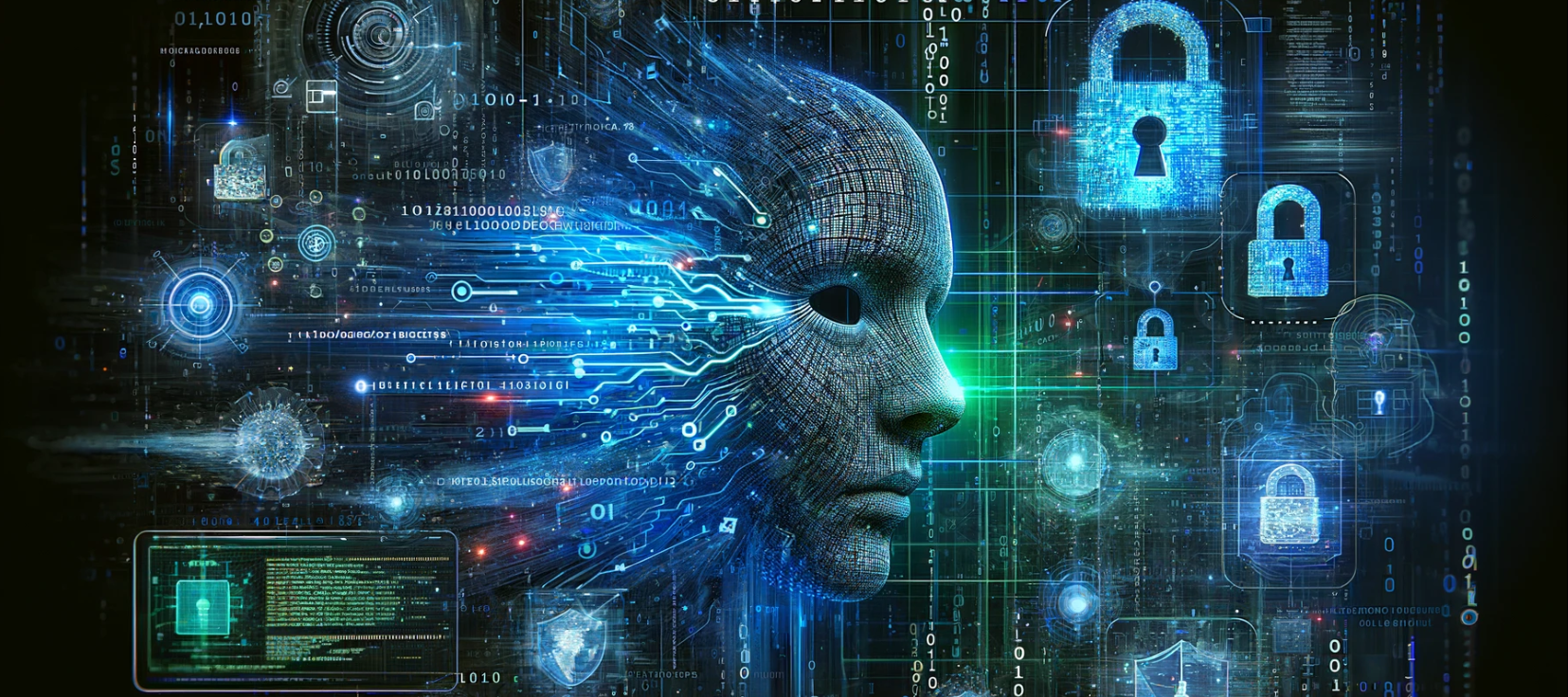In today's digital age, Artificial Intelligence (AI) is advancing at an astonishing pace, posing new challenges to the integrity of biometric security. The advent of AI-driven tools, capable of crafting deepfakes, exposes a significant flaw in biometric authentication systems: unlike passwords, biometric identifiers cannot simply be reset once they are compromised.
The emergence of the "GoldPickaxe" malware, attributed to a group fluent in Chinese, serves as a vivid illustration of AI's potential to circumvent biometric protections. By deceiving individuals into submitting facial scans under the pretense of a legitimate service, the perpetrators utilize deepfake technology to gain unauthorized access to the victims' financial accounts. This scenario underscores the urgent need for industries, particularly banking, to rapidly adjust to these evolving cybersecurity threats.
For a detailed technical analysis and to learn more about the indicators of compromise associated with GoldPickaxe, visit Group-IB's official website.
Exploring GoldPickaxe Further
GoldPickaxe represents an advanced leap in malware development, harnessing AI to penetrate biometric security barriers. This malware, including its Android variant, doesn't just harvest data; it employs deepfake tech to fabricate convincing biometric identifiers, misleading financial and government authentication frameworks. This trend of utilizing AI to breach traditionally robust biometric defenses is alarming. GoldPickaxe primarily targets the Asia-Pacific area, mimicking legitimate applications to fulfill its malicious objectives. This emphasizes the critical need for users in these regions to remain alert. The deployment strategy of GoldPickaxe, leveraging Apple’s TestFlight, illustrates the sophisticated and adaptable nature of its creators.
Biometric Security's Vulnerabilities
The advent of GoldPickaxe highlights a pressing weakness within biometric authentication frameworks, serving as a crucial alert for the cybersecurity realm and the general populace. The capacity of adversaries to forge deepfakes from hijacked biometric data marks a significant intensification in the ongoing struggle between cybercriminals and security forces.
Reevaluating Biometric Reliance
Though biometrics provide a user-friendly and seemingly foolproof authentication method, their reliability is now in question. The capacity of AI to duplicate or alter biometric data necessitates a thorough reevaluation of our dependence on such technologies. Given the irreversible nature of our biometric traits, once they are stolen, the consequences are enduring. Facing these challenges, it's critical to broaden our security frameworks. Sole reliance on biometric verification is insufficient; incorporating additional security layers, like two-factor authentication (2FA) or multi-factor authentication (MFA), is essential. These methods blend knowledge-based authentication (passwords) with possession elements (tokens or smartphones) or inherent characteristics (biometrics).
Personal Digital Hygiene and Alertness
Individually, maintaining strong digital hygiene is more important than ever, involving:
- Careful management of app permissions to restrict unnecessary biometric data access.
- Exclusive app downloads from verified sources to minimize the risk of malware infection.
- Staying abreast of the latest in cybersecurity threats and acknowledging the limitations of even the most advanced technologies.
Forward Outlook
The convergence of AI and cybersecurity presents both opportunities and challenges. While AI can strengthen security protocols, its capacity to undermine them is equally significant. This evolving scenario requires continuous vigilance, creativity, and a proactive stance in redefining our digital security strategies.
In essence, as AI reshapes the landscape of security and trust, our reaction should be not fear, but a dedication to more intelligent and robust security measures. The future of cybersecurity will be defined by our ability to adapt, innovate, and anticipate potential threats.





